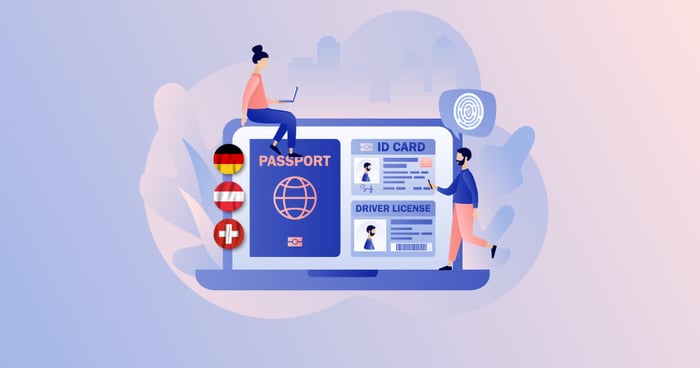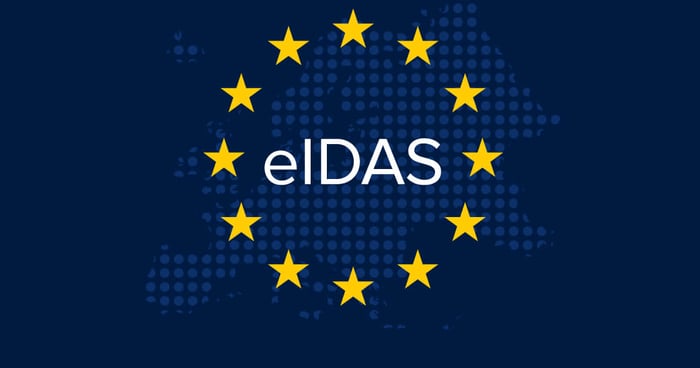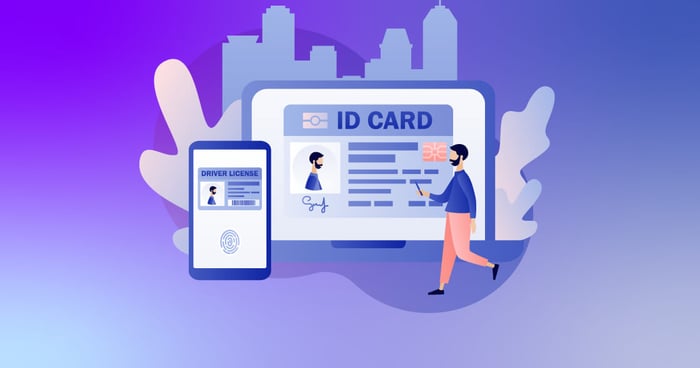Advantages of eIDAS – Why It’s So Important
eIDAS entails significant benefits for citizens, businesses and public administrations.
- Increased security: eIDAS ensures a high level of security for digital transactions by enabling trusted electronic identifications and signatures.
- Cross-border recognition: citizens and businesses can utilise eIDAS-compliant services in all EU Member States, thereby simplifying digital collaboration across national borders.
- Enhanced efficiency: the digitalisation and standardisation of processes reduce the time and effort required for paper-based workflows.
- Trustworthiness: trust in online transactions is promoted by regulated trust services – a crucial factor for business transactions, signing contracts and dealing with authorities.
- Data privacy and compliance: eIDAS ensures that digital identities and transactions comply with the strictest privacy and security requirements – a positive factor in bolstering user confidence.
That makes eIDAS a key cornerstone underpinning a secure and efficient digital future in the EU.







